Mathematics
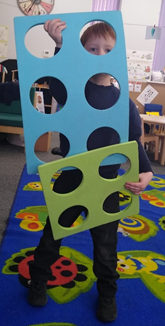
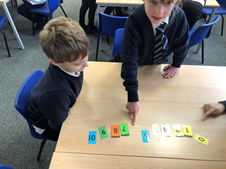
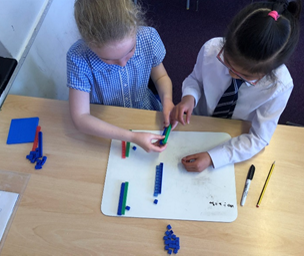
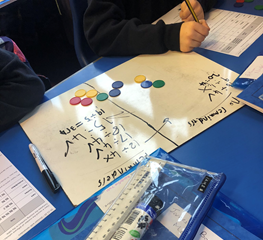
Ash Grove Academy follows a curriculum that engineers success using a mastery approach. This enables all children to master the mathematics curriculum through careful curriculum sequencing and small-step progression.
Our aim is to develop a positive mindset about maths and ensure depth of conceptual understanding through progressive mathematical fluency, problem-solving and reasoning skills for all children. This helps our children to know more, remember more, and do more. The mathematics curriculum is planned and sequenced using small step progression through concepts. A concrete-pictorial-abstract approach ensures the use of appropriate manipulatives, models and representations to support this understanding.
All year groups are taught in mixed attainment classes and are encouraged to notice, reason and wonder about maths. Scaffolding and directed support are implemented to ensure children are mastering the small steps of progression at roughly the same rate. We ensure challenge for all children by giving everyone the opportunity to develop fluency and reasoning skills to their own level across a range of contexts. Collaborative learning and dialogic teaching strategies support the use of rich mathematical talk, giving children the opportunity to explore mathematical concepts, resolve errors and identify misconceptions for themselves. This encompasses the NCETM’S five Big Ideas; Representation and Structure, Mathematical Thinking, Variation, Fluency and Coherence:
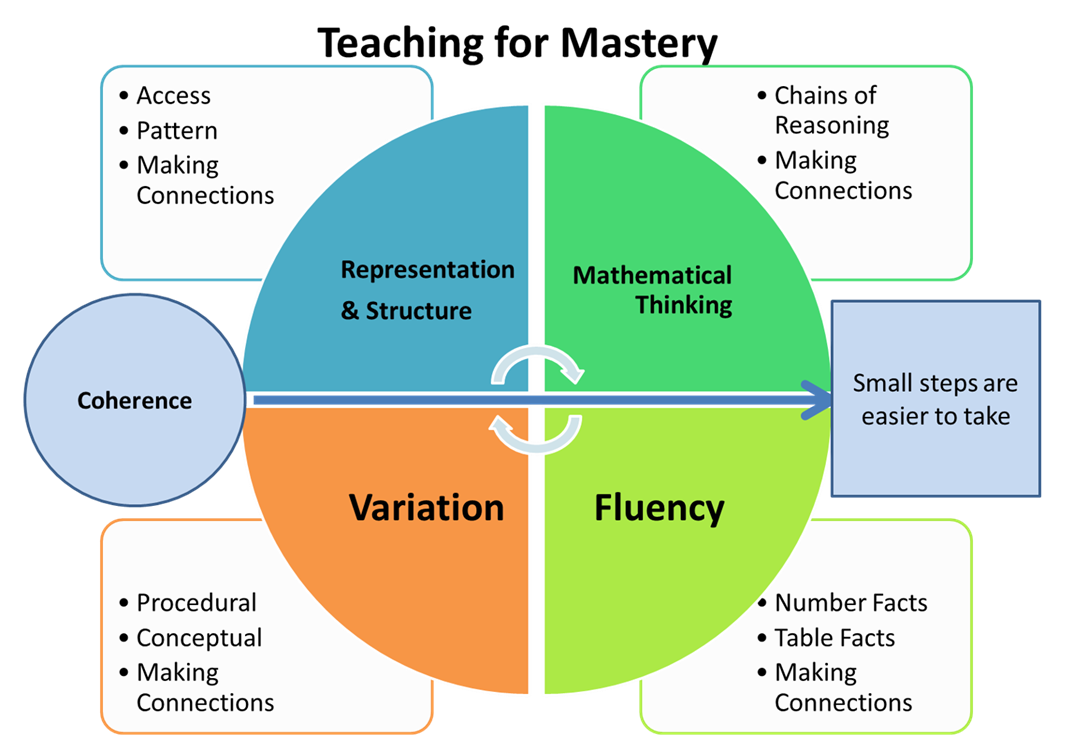
At Ash Grove, we understand that every child is unique and will join us in the Early Years with different experiences and at different stages. We follow the Statutory Framework for the Early Years Foundation Stage to ensure that pupils show a Good Level of Development (GLD) by the end of their Reception year. We use the Birth to Five Matters: Non-statutory guidance for the Early Years Foundation Stage to inform planning and small step progression within mathematics. We understand that children need to regularly revisit concepts for them to become embedded. Children in the Early Years Foundation Stage (EYFS), in both the Nursery and Reception classes, are taught maths through a balance of adult-led and child-initiated activities. They are presented with opportunities to apply the same skill in a variety of different ways and in different contexts. In Nursery, staff use 'Learning Trajectories' as a source of pedagogical knowledge for activities and ways to address misconceptions or close gaps in learning. In Reception, children access their early maths curriculum through the NCETM Mastering Number programme, which aims to secure firm foundations in the development of good number sense, patterns in number, confidence and flexibility. We use the six key areas of early mathematics learning to provide a platform for everything children will encounter as they progress through their maths learning at primary school, and beyond.
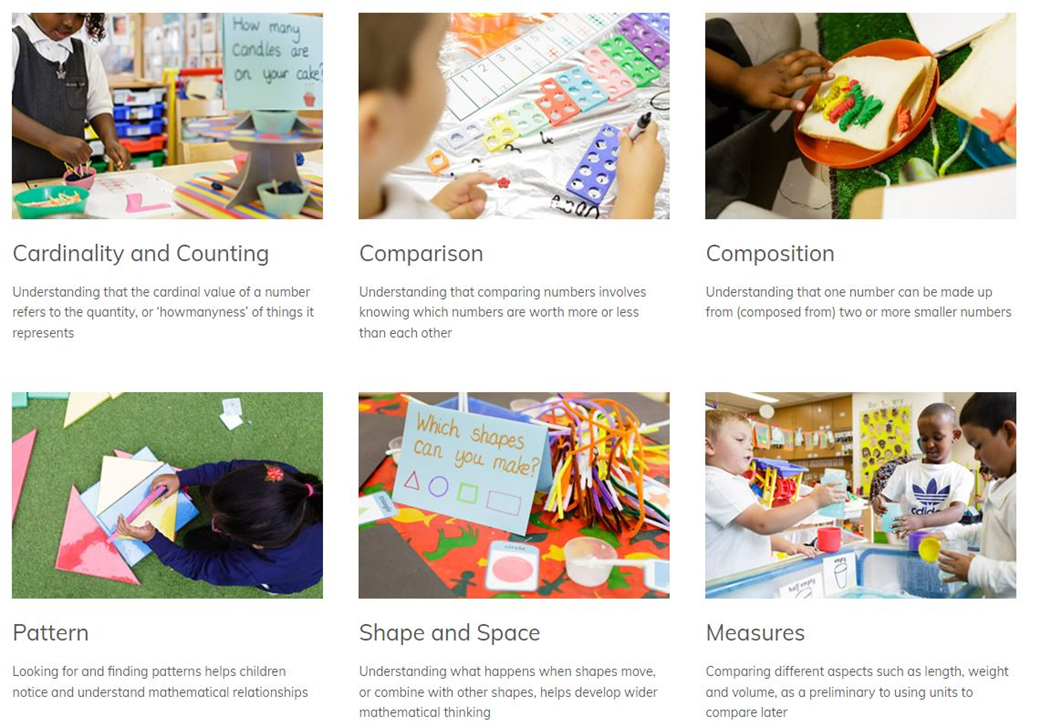
The National Curriculum mathematics programmes of study are the basis for children's learning from Year 1 to Year 6. However, we do not follow a particular scheme of work in terms of materials or rate of coverage. The DfE's non-statutory 'Maths Guidance: key stages 1 and 2' document sets out the essential 'ready to progress' criteria for each year group and this, alongside the use of the NCETM's curriculum prioritisation and Primary Mastery Professional Development materials, underpins our pedagogical approach. Using these materials to carefully plan and prepare lessons that cover small steps of both conceptual and procedural understanding, enables teachers to deliver lessons that meet the needs of the children in their class, whilst also giving due consideration to common misconceptions that are likely to occur. Quality materials, including appropriate, bespoke questions and activities from banks of well-prepared additional resources, are also used. Topics are taught using rich maths talk and a range of 'practise activities', until teachers feel that an appropriate depth of understanding has been achieved by the vast majority of the children. Gaps in learning are identified in a timely manner and, whenever possible, addressed through timely intervention. Children use concrete, pictorial and abstract models and representations as appropriate to the learning context and across all year groups and levels of attainment. This supports learning before procedural methods are used, and allows children to select from a range of strategies for efficiency and to support success. Children will be expected to apply their learning within a range of contexts. Children may also be given routine arithmetic questions or problems as an example of 'low-stakes' recall of previous teaching on a range of topics. Such practice is a good example of repetition and spaced learning, thereby leading to greater fluency and better understanding.
Mistakes in maths are valued and celebrated. Unpicking misconceptions so that children evaluate their thinking, and make changes and adaptations next time, is vital in scaffolding them towards greater independent learning.
Teachers have high expectations of all pupils with SEND and do not compromise on the requirement for overlearning to ensure automaticity. There is no assumption that pupils identified as having additional needs cannot achieve in mathematics. Early identification of gaps is a key component of our approach. Drawing from the DfE Ready to Progress document, teachers identify and assess gaps in learning within a cohort. Diagnostic assessment tools, such as the Sandwell Early Numeracy Assessment, are also used to ascertain the next small steps for the small proportion of pupils progressing outside the age-related expectations of their year group.
Written and verbal feedback allows children to reflect and go deeper with their learning, and we expect all children to respond to marking in a timely manner. We recognise that any feedback, verbal or written, should be specific, accurate and timely - the aim is not simply for children to correct their work, but for them to recall, reflect and self-monitor. When possible, teachers offer timely interventions to those children who need to secure their learning before moving on.
The rationale of our mathematics curriculum is based upon guidance from:
The Education Endowment Foundation Improving Mathematics in Early Years, Key Stage 1, Key Stage 2 and 3 Improving Mathematics in the Early Years and Key Stage 1 | EEF (educationendowmentfoundation.org.uk) Improving Mathematics in Key Stages 2 and 3 | EEF (educationendowmentfoundation.org.uk)
The Ofsted Research Review of Mathematics Research review series: mathematics - GOV.UK (www.gov.uk)
The Department for Education ready to progress non statutory guidance Mathematics guidance: key stages 1 and 2 (covers years 1 to 6)
The National Centre for the Teaching of mathematics (NCETM) Home | NCETM




